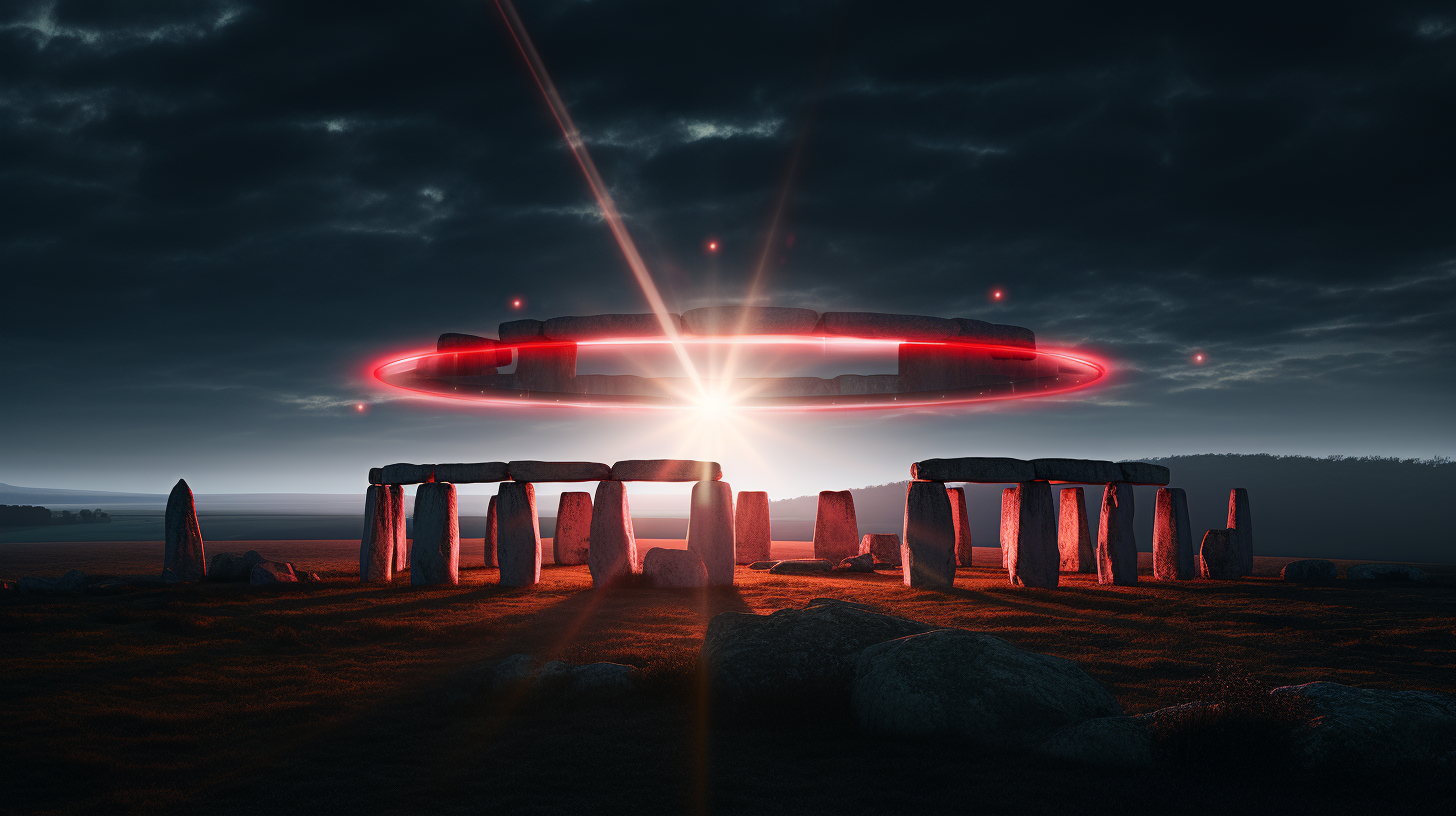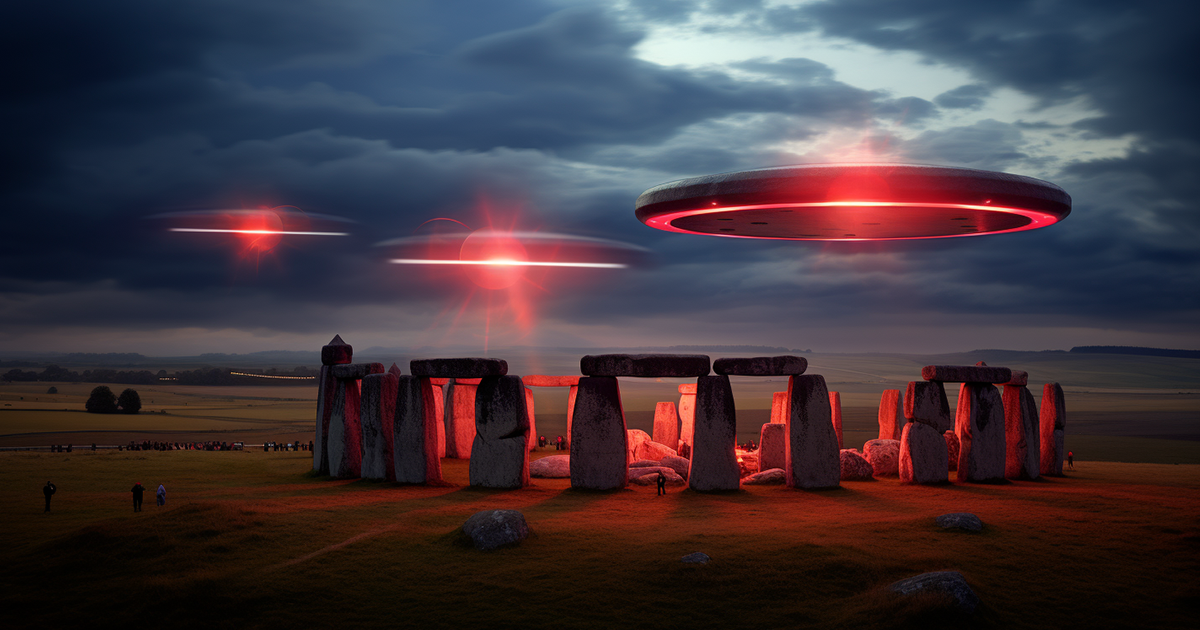Situated amidst Salisbury Plain in Wiltshire, England, Stonehenge continues to captivate with its enduring enigma, embodying the essence of a long-gone era. Dating back to around 3100 BC, its origins have entranced generations with a mysterious charm. Despite its allure, the extensive burial ground encircling Stonehenge often remains unnoticed, housing the remains of numerous ancient skeletons. Within these artifacts lie a spectrum of afflictions, ranging from common injuries to more severe illnesses. The underlying tale of these ailments and the potential healing purpose of Stonehenge in ancient times beckon further exploration.
It might be tempting to attribute these maladies to the primitive healthcare practices of the era; however, archaeologists offer a more nuanced viewpoint.
A significant find in 2008 unveiled a cluster of skeletons near Stonehenge, revealing a fascinating narrative. Surprisingly, half of these skeletons hailed from distant lands, prompting inquiries into why these individuals undertook the journey to Stonehenge. Some scholars posit that Stonehenge could have served as a sanctuary for healing, akin to a sacred space dedicated to well-being.

The notion of ancient pilgrims seeking healing at Stonehenge sparks curiosity. What inspired the belief in the remedial properties of this mystical monument? Some argue that the answer lies within the stones themselves, particularly the enigmatic bluestones.
Timothy, a Stonehenge enthusiast, elaborates that while the outer structure features local stones, the inner sanctum is crafted from the mystical bluestones. Renowned for their unique blue-green hue and markings, these stones hint at potential healing attributes. Scientific studies trace their origins to the Preseli Hills in southwest Wales, nearly 140 miles away.
The intrigue surrounding the bluestones derives from their historical association with healing rituals. Legend holds that water infused with these stones possessed therapeutic qualities. Stonehenge could have served as a focal point where faith and the mystique of the bluestones merged to advance healthcare.
However, it’s crucial to discern the disparity between ancient healing traditions and modern medicine. The healing practices of yore were intertwined with spiritual beliefs. Stonehenge incarnated a paradigm where trust in the healing prowess of the bluestones formed the basis of well-being.
Kathleen, an authority on the subject, sheds light on the profound bond between ancient civilizations, particularly in Britain, and their reverence for nature’s power. Stonehenge, with its towering stones, might have been perceived as a fount of vitality capable of aiding those in search of healing.
In essence, while the exact purpose of Stonehenge remains veiled in mystery, indications suggest that it operated as a refuge for healing and reverence in ancient times. The bluestones, steeped in historical significance, allude to an unbreakable connection between Stonehenge and the pursuit of holistic well-being in antiquity. Regardless of the specifics, Stonehenge stands as a symbol of curiosity and awe, beckoning us to delve into the riddles of our ancient history.
